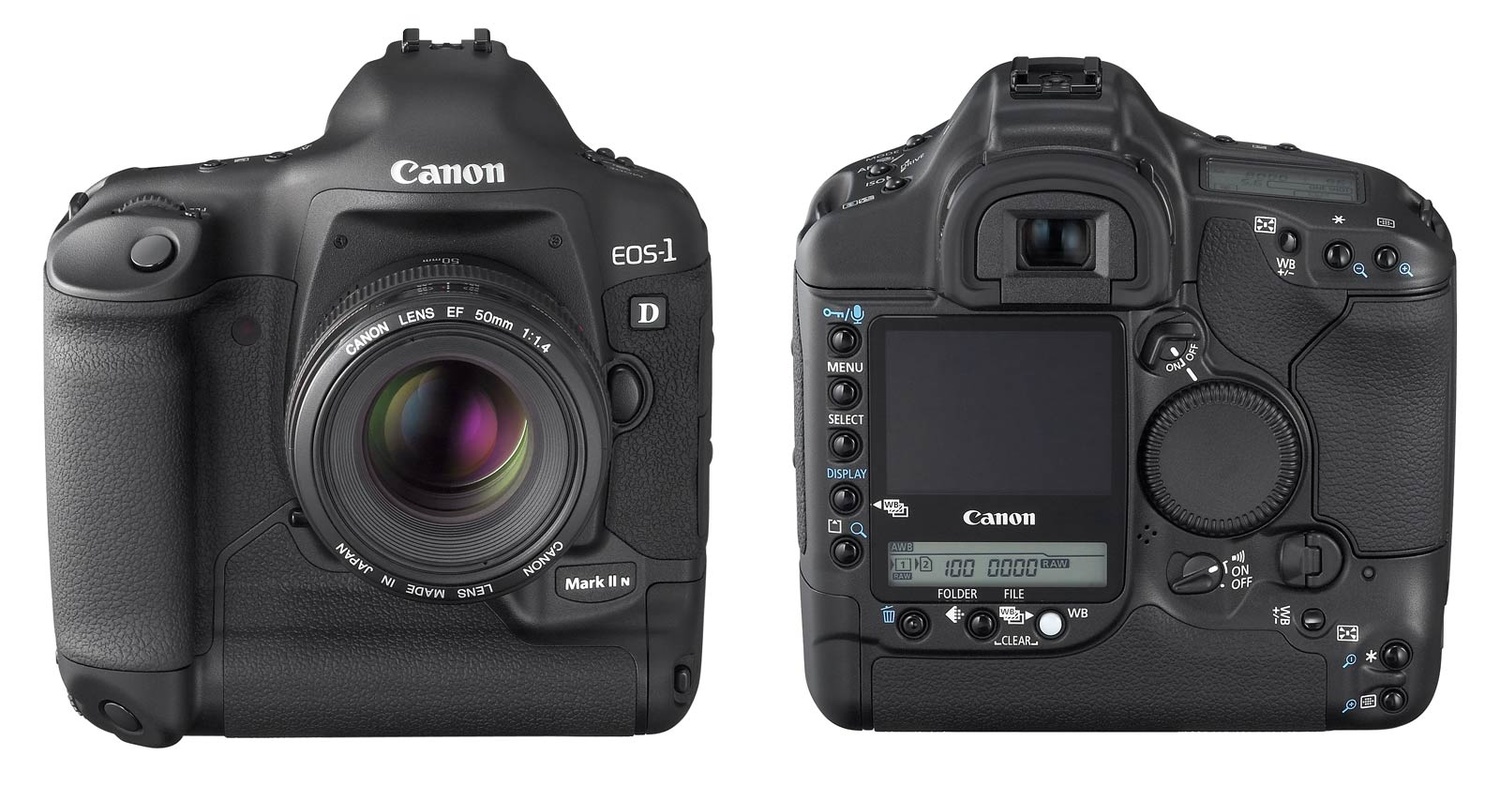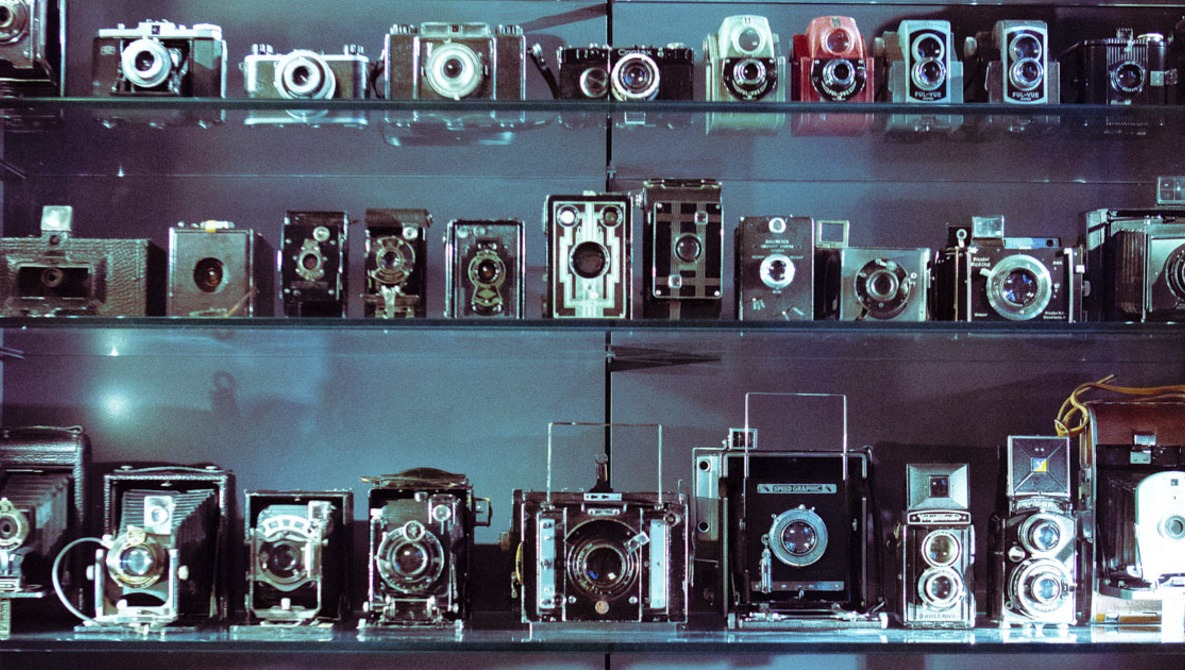As photographers, we are bombarded by thousands of courses, books, and educational materials. But, what if I told you that before you learn photography you must, really must, learn something else? Well, you must know this one thing well before you even start taking pictures.
Why did you start photography? Ask yourself this question. In most cases, the answer will be something along the lines of the subject you are photographing now. Very few people start photography because they are amazed at how the camera shutter works. That comes a few days after you take your first image. This is a very dangerous point where many, myself included, go and dig deep into gear. Sure, if your career is selling cameras you need to know your gear very well. If you review gear, you also have to know it well. Coming back to my question, why did you start photography? Really, why?
If you haven’t already, write the answer down on a piece of paper and proceed to read this article.
My Subject of Work
As a fashion photographer, my subject is fashion. I live and breathe fashion, watch fashion shows, buy fashion magazines, and consume fashion on a daily basis. I did not start in fashion though, I started in architecture. At that time, I was 15 and went to a lot of abandoned buildings. That was my passion, and I found joy in photographing what I cared about. I was not aware of any rules, and simply took pictures of the things I found beautiful. Each time I’d research about the place I was going to, and make sure I captured the important bits.

Nowadays, my passion for fashion has evolved into me photographing it. Funny enough, I discovered it by assisting another photographer. I was absolutely fascinated by the stories that clothes can tell, and how much of a language fashion on its own is. This led me to explore further and further. Explore so much it’s a career now.
Exploration was key in me improving my fashion photography. But I didn’t explore the cameras available for purchase. I happened to be very broke to buy anything better than a used well-used 1D Mark II with a worrying shutter count from a friend. I am grateful for that period as it forced me, to some degree, to study fashion. I never ended up going to fashion college, or to photography college, I did however dive into fashion.

This deep-dive started off by consuming as much fashion photography as I could. I looked at the work of Bruce Weber, Mario Testino, Peter Lindbergh, Albert Watson, Ellen von Unwerth, and so on. The next step was researching and watching BTS videos from photoshoots. Those showed me some set work, lighting techniques, and even how to interact with the subject. There are some incredibly well-made behind-the-scenes videos such as this one by Profoto.
Creative Choices
Let’s see how some things in photography would influence the creative choices you make.
Focal Length
One of the first choices you make is focal length. While I use the 24-70 almost exclusively for all my work, I still pick different focal lengths for different images. At 70mm, there is more focus on the model, while 24mm will show background and make the image feel more environmental. Depending on the brief I may want to intentionally distort parts of the image. A shorter focal length will increase the invisible distance between the subject and the viewer. A longer one will feel more intimate, and more connected. For example, if I’m photographing a satin dress with little detail in an environmental context, I may use a wider focal length. While if my goal is to capture as much detail as I can in a tweed jacket, I will zoom in.

Aperture
Aperture is a slightly loose concept in fashion. Much of my work is done at f/11 because I want the whole image to be sharp and my plane of focus wide. Nonetheless, the aperture can be used to either connect the subject with its surroundings or isolate it from the rest.
Light
The one that blows all other creative choices out of the water is light. There are infinite possibilities, feels, moods, you can create with light. Each fabric has a different texture, some have patterns, others have the volume so on.

Own Experience
Let me break down an image that I shot recently to explain what I did and how I created the mood I wanted with light.
Here my goal was to create movement with light. Although I used artificial light to capture part of this image, it was very close to what natural light looked like there. I managed to recreate the hard light that would be produced by nearby signs. It also fits quite well with the overall image as hard light added a dynamic edge to the photograph.

Light is the unspoken language of photography and a language you must be familiar with. Another useful thing to know is how light interacts with different materials and surfaces. The general rule is to ask yourself what you want to say in this image, and craft the light from there.
Closing Thoughts
Knowing your genre is one of the most basic things that so many seem to overlook. That is the exact reason why some photographers claim they have all the gear that Albert Watson or Rankin has but can't get a good image. Knowing what you’re photographing is far more important than what you're photographing with.
This relates back to some comments that I get under my articles where I seem to show certain brand labels in BTS images. I wonder those people’s focus on brands has prevented them from learning more about the genre they work in, and perhaps even prevented them from progressing in the art they love so much. At the end of the day, a photographer that knows their genre can use that knowledge to create meaning with their art. A writer who knows perfect grammar but nothing of substance will be far less successful than a writer who has a lot to say, but perhaps in a grammatically incorrect way.







You don't just take great pictures, your writing is also good. Thanks, Illya, I enjoyed the article.
Thanks, Jan!
Good article, under appreciated topic.Might I counter by saying that knowing the what is only the first step. Knowing the why is every step after that.
Looking forward to reading your next one.
I want to share what I see with others. (This is my answer.) I don't want to share what anyone might see walking the same path, but what *I* see. Your article helps me to remember to ask *why* did I see that. This will help drive composition and other photographic choices.
Thank you
First two paragraphs really hit home - knowing "why" you're doing photography informs everything else. Without having a well-defined answer to that question (and revisiting your answers from time to time to see if they have changed), it's hard not to float around directionless in photography.
Shameless plug to a post I wrote about the same subject:
https://www.kopeckphotography.com/blog/2020/12/9/a-question-every-photog...